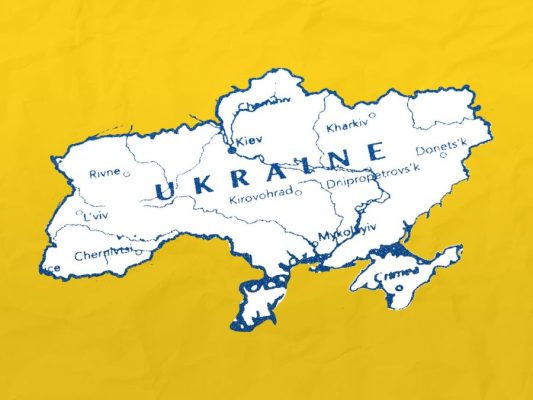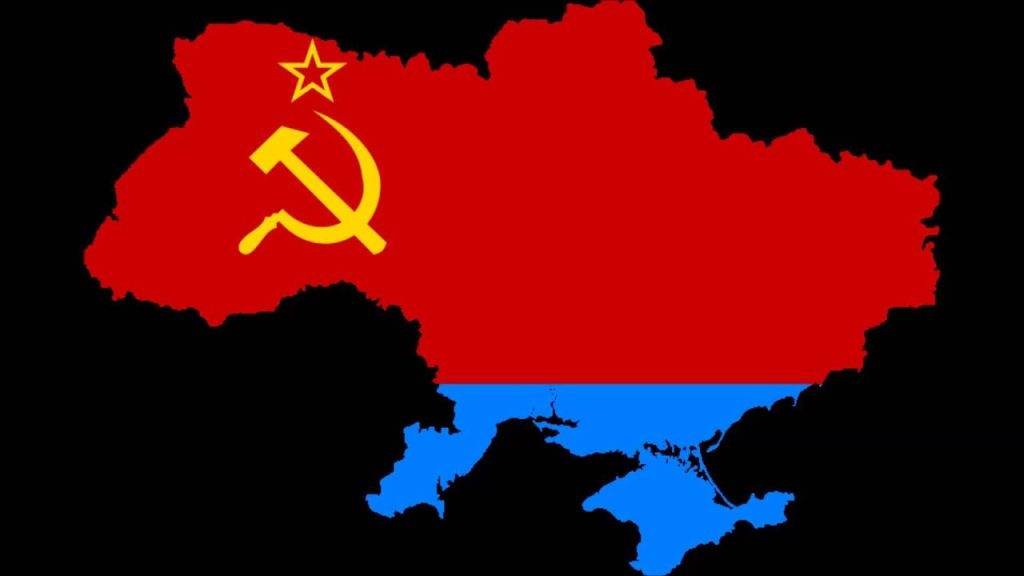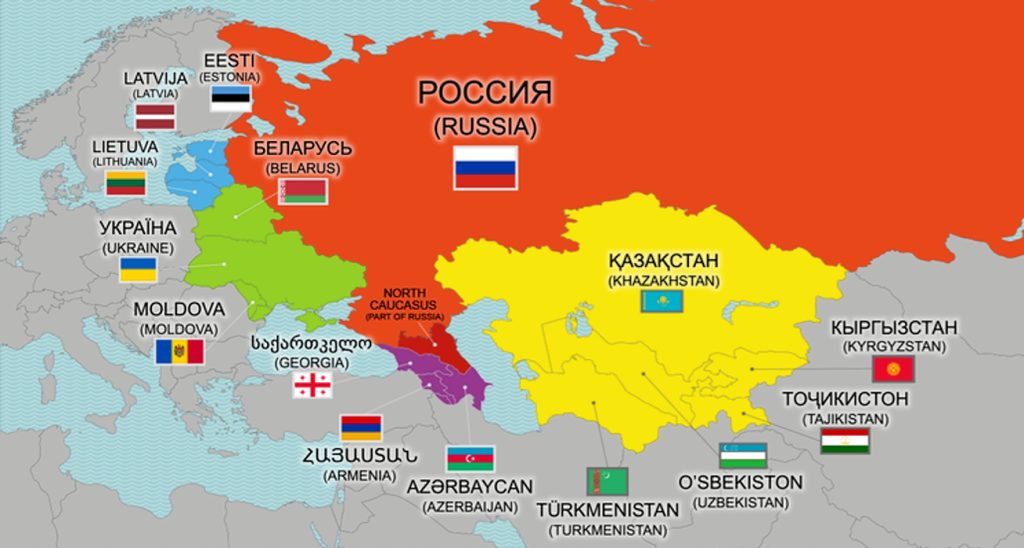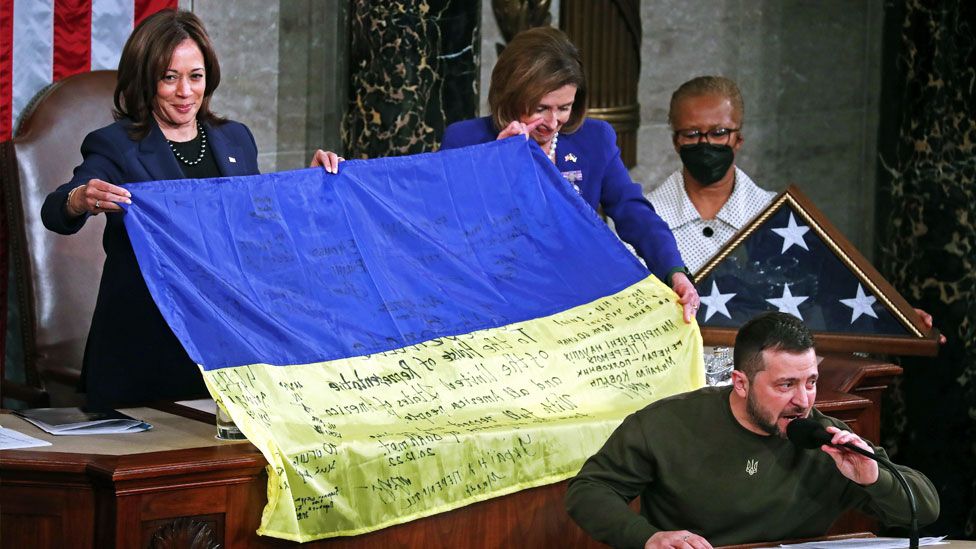The History of Ukraine
Learn more about History of Ukraine.
News about the Russian-Ukrainian War, which started with clashes and turned into a war and changed the fate of a people, does not disappear from the agenda.So where is Ukraine and what is its history? Ukraine is a country located in Eastern Europe.
Table Of Contents
Throughout its history, it has played a significant role in the development of Eurasian culture. Its prehistoric history was influenced by the Pontic steppe and facilitated important cultural contacts between Eurasia.
The Culture of 17th and 18th Century – History Of Ukraine
The 17th and 18th century Ukraine, also known as the Cossack state, was a period of great turmoil and conflict. Cossacks formed the most powerful social force on both banks of the Dnieper river. They were able to defend their frontiers against Tatars and Polish oppression. Their aristocracy supported the cultural development of Ukraine during the XVII-XVIII centuries.
A number of factors contributed to the decline of the cossack state. First, the Rus’ principalities were weakened by the conflicts among princes. Second, the position of Kiev as the center of the Rus’ dynasty was lost. Third, the partitioning of the country into different branches caused an internal instability.
In the 13th and 14th centuries, the Crimean Khanate occupied the southern steppes of Ukraine. It maintained a massive slave trade with the Ottoman Empire. There were two million slaves exported from Russia to the Crimean Khanate.

The Crimean Khanate was dissolved by the Russian Empire in 1783. The region of the present-day Black Sea became part of the Ukrainian state.
In the late 18th century, the Cossack state disintegrated. However, some of its most prominent leaders, such as Chmielnicki, remained influential. Despite their defeats, they never gave up on their idea of independence.
The Ukrainian Baroque, or Cossack Baroque, was a form of art that influenced the culture of the Ukrainian lands in the XVII and XVIII centuries. It was not a copy of European styles.A monument of the Ukrainian Baroque is Trinity Cathedral. It was rebuilt in the second half of the 18th century.
Ukrainian Soviet Socialist Republic
The history of the Ukrainian Soviet Socialist Republic is closely tied to the history of Russia. Both countries share a common past, however, their cultural heritages have been interpreted differently. As a result, some aspects of the Soviet legacy remain pervasive in Ukraine.
During World War II, the Ukrainian nationalist underground fought against the Soviet Union. Eventually, the country emerged as a state. However, the state-building process was not satisfactory. Several attempts to declare mutual national reconciliation have not been successful.
After the collapse of the USSR, the concept of “Ukrainian national revolution” was revived. This was not the same as the Bolshevik Revolution of 1917, however. It was an attempt to build a modern national state that would replace the Soviet legacy.

The idea of a “golden era” was a means to create a symbolic capital for nation-building. However, it also led to an increase in corruption, which contributed to the economic crisis.
After the Euromaidan Revolution of 2014, Lenin monuments in Ukraine were dismantled. Despite the dismantling, the cultural legacy of the Soviet system continues to be pervasive.
The doctrine of national revival focuses on the emergence of a modern Ukrainian state. This concept is associated with Viktor Yushchenko (2005-10), Leonid Kravchuk (1991-94), and Petro Poroshenko (2014-present).
While it is not uncommon for political leaders to focus on a particular historical touchstone, the Ukrainian political elite are not yet proven to be better than the Soviet nomenclature.
Ukraine After The Collapse of The Soviet Union
The history of Ukraine after the collapse of the Soviet Union is tied to a complex historical legacy. The Soviet period was a time of great political and social upheaval in Ukraine. Several ethnic groups occupied national territories during the period.
Some Ukrainians were forced to leave their homes. A large part of the population was disenchanted with the Soviet regime.
After the breakup of the Soviet Union, Ukraine became independent. However, the Soviet system was still pervasive in the public space and permeated the social and political culture of the country. It remains to be seen how the new post-Soviet era will deal with the Soviet legacy.

In the early 1930s, the Holodomor (the Great Famine) killed 3.9 million Ukrainians. The government’s policies of ruthless “Russification” and mass-scale starvation had a devastating effect on the rural and urban populations. Farmers were made to work on collective farms, which were run by the state.
In the 1930s, the majority of Ukrainians were small-scale farmers. They were treated as subhuman, and the agricultural tools they used were confiscated. They were also denied internal passports.
Soviet leaders Joseph Stalin and Leonid Brezhnev ordered a program of collectivization of agriculture. Rural Ukrainians were forced to surrender their land and livestock. Over one-third of villages were put on blocklists , meaning that they could not get supplies or leave the country.
Youtube Video: History Of Ukraine
The Russian War in Ukraine
Russia has been waging war in Ukraine since February 24, 2022. This war has destroyed a country, but it has also had an impact on some of the poorest regions of Russia.
There are three main tendencies that have contributed to Russian policy in Ukraine: colonialism, nationalist and maximalist. All three of these have to change if there is to be a durable settlement to the current war.
The most recent phase of the war began with Russian forces attacking the city of Kiev in late February. These troops were carrying parade uniforms in backpacks. They were accompanied by armored vehicles donated by the Akhmat Kadyrov Fund.
Putin was forced to back down, however, after crude interventions in Ukrainian affairs. As a result, tens of thousands of Russian soldiers have been killed in the war.

Hundreds of pieces of military equipment have been lost during the retreat. Thousands of civilians have been forced to flee to foreign countries. Air defenses have been key to keeping citizens safe in cities.
Moscow’s strategy has been to fortify the Dnieper River and then shift forces to the east. It is still not clear how long this will take. If the armed conflict continues for a longer time, it can negatively impact the poorest regions of Russia.
Russia has a strategic advantage over Ukraine. The country’s military has an edge in artillery and arms. However, it is still facing difficulties.The true costs of the war have only begun to become clear.
Losses are staggering. For example, 300k square kilometers of Ukraine is contaminated with unexploded mines and ammunition.
If you want to take a closer look at the history of Ukraine, you can click here.
Final Thought: History Of Ukraine
In conclusion, Ukraine has a long and complicated past that has shaped the way things are now. The political and socioeconomic landscape of Ukraine has seen substantial change throughout the course of its history, from the Cossack state to the Soviet Union and the current struggle with Russia. The Ukrainian people are still working to build a modern state and achieve national independence despite the difficulties.
It is unclear how the Russian-Ukrainian War will affect the nation’s future as it works through the conflict’s aftermath. One thing is certain: the Ukrainian people continue to strive for a better future for both themselves and their nation despite immense adversity.
You May Also Like
1- Supporting Ukraine – Ways to Help a Country in Need. Please click here for more.
FAQ
Ukraine is seen as a nation with a lower-middle income. It has a diverse economy and abundant natural resources, including as arable land, coal, and natural gas. However, Ukraine has recently suffered political and economic difficulties, such as conflict and corruption, which have hampered its stability and economic growth.
Russia and Ukraine have a troubled and protracted history together. Up until the Russian Empire’s dissolution in 1917, it was a part of that country. Ukraine joined the Soviet Union, which was ruled by Russia, as a founding member in 1922. Once the Soviet Union fell apart in 1991, Ukraine became independent.
Ukrainian folk music, dancing, and art are famous. Its gorgeous countryside, Orthodox churches, and medieval buildings are especially famous. Ukraine produces cereals, vegetables, and dairy.
GDP per capita determines Europe’s wealthiest nations. Europe’s five wealthiest nations are:
Luxembourg
Switzerland
Norway
Ireland
Denmark
An attack on one NATO member is an attack on all. Ukraine wants to join NATO.





